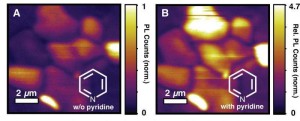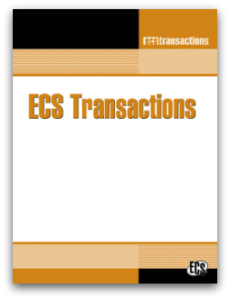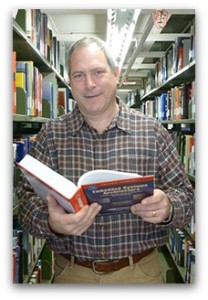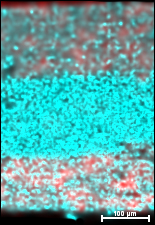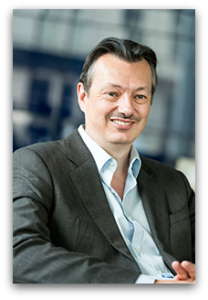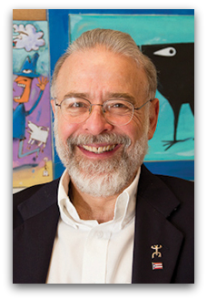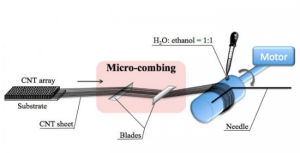
While CNT alignment is still not perfect, it will now be able to be scaled up for large-scale production.
Source: North Carolina State University
A new process called “microcombing” has been developed to created ultra-strong and highly conductive carbon nanotubes (CNTs).
The films produced from the microcombing technique could have practical applications in improving electronics and aerospace technology.
“It’s a simple process and can create a lightweight CNT film, or ‘bucky paper,’ that is a meter wide and twice as strong as previous such films—it’s even stronger than CNT fibers,” said Yuntian Zhu, Distinguished Professor of Material Science and Engineering at NC State.


